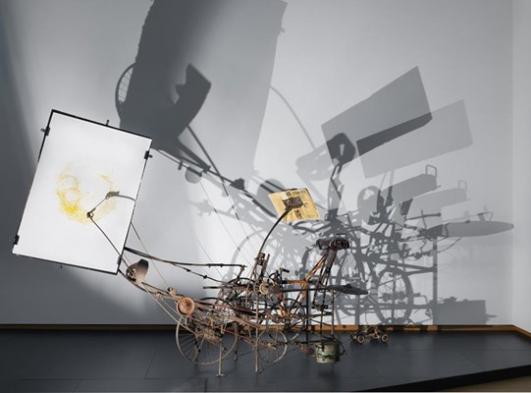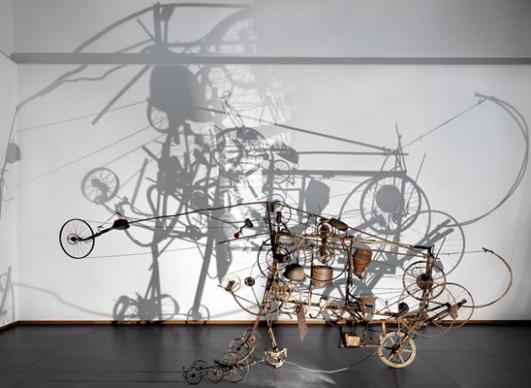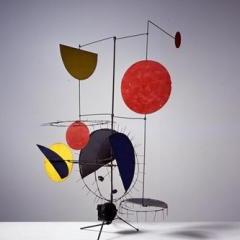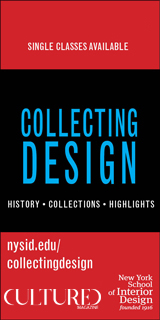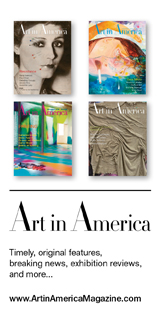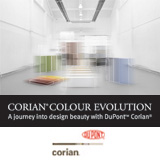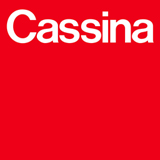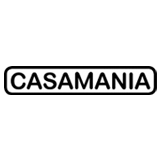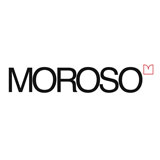Jean Tinguely - Machine Spectacle at the Stedelijk Museum
1 October '16 - 5 March '17
The Swiss artist Jean Tinguely (1925–1991) played a key role in the rise of kinetic art in the fifties. With over a hundred machine sculptures, most of which are in working order, paired with films, photos, drawings, and archive materials, the presentation takes the public on a chronological and thematic journey of Tinguely’s artistic development and ideas, from his love of absurd play to his fascination for destruction and ephemerality.
Jean Tinguely is famous for his playful, boldly kinetic machines and explosive performances. Everything had to be different, everything had to move. Precisely twenty-five years after his death, the Stedelijk opens a Tinguely retrospective: the largest-ever exhibition of the artist to be mounted in a Dutch museum.
The presentation features his early wire sculptures and reliefs, in which Tinguely imitated and animated the abstract paintings of artists such as Malevich, Miró, and Klee; the interactive drawing machines and wild dancing installations constructed from salvaged metal, waste materials, and discarded clothing; and his streamlined, military-looking black sculptures.
Jean Tinguely created his work as a rejection of the static, conventional art world; he sought to emphasize play and experiment. For Tinguely, art was not about standing in a sterile white space, distantly gazing at a silent painting. He produced kinetic sculptures to set art and art history in motion, in works that animated the boundary between art and life. With his do-it-yourself drawing machines, Tinguely critiqued the role of the artist and the elitist position of art in society. He renounced the unicity of “the artist’s hand” by encouraging visitors to produce work themselves.
Amsterdam has enjoyed a dynamic history with Tinguely. The exhibitions Bewogen Beweging (1961) and Dylaby (1962), for which Tinguely was (co)curator, particularly underline the extraordinarily close relationship that sprang up between the museum and the artist. Not only did he bring his kinetic Méta machines to the Netherlands, he also brought his international, avant-garde network, leaving an enduring impression on museumgoers who flocked to see these experimental exhibitions. Close relationships with Willem Sandberg, then director of the Stedelijk Museum, and curator Ad Petersen prompted various retrospectives and acquisitions for the collection: thirteen sculptures, including his famous drawing machine, Méta-Matic No. 10 (1959), Gismo (1960), and the enormous Méta II (1971).
